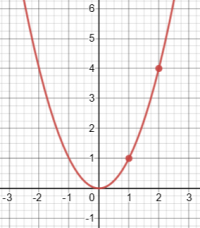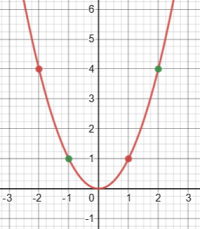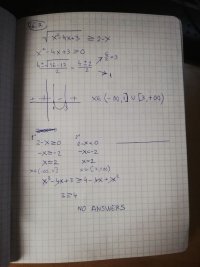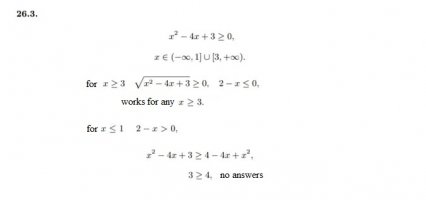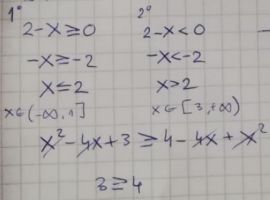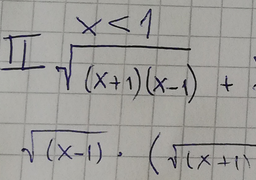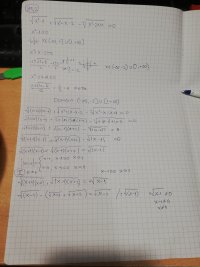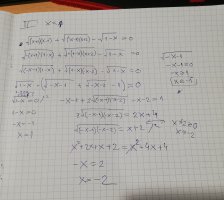I have posted a few problems that gave me the same issue. Unfortunately, I haven't been able to understand the reasoning on why they are done the way they are. So I decided to sum up all my problems regarding that issue here in hopes to understand it.
The following picture includes two equations and one inequality. They are not solved completely; rather they all just state a condition revolving the square root.
1st and 3rd problem are equations and they both state that the RHS cannot be negative, that is it must be non-negative. I understand this because LHS is a square root and by definition the square root is always non-negative, that is equal or above 0.
The 2nd problem is giving me a headache. It is an inequality and it is solved by separating the problem into two options; one where x <= 0 and one where x>0. Why is this? My assumption is that although the LHS is always non-negative, the RHS in this case can be negative because it is an inequality. So If RHS is negative and since LHS is always non-negative, the inequality would work because LHS would be always greater than RHS. I tried to present this in a graph. Basically if -x is on the left side of 0, the square root is always greater, however, if -x is on the right side, in some cases the square root would not be greater.
Is this thinking correct? Even if it is, I am still a little bit confused, because why do we have to separate it into two options, why won't solving it like it is just do the job? If we combine x<=0 and x>0, x is basically all numbers.
Please help me and understand.
Thank you,

The following picture includes two equations and one inequality. They are not solved completely; rather they all just state a condition revolving the square root.
1st and 3rd problem are equations and they both state that the RHS cannot be negative, that is it must be non-negative. I understand this because LHS is a square root and by definition the square root is always non-negative, that is equal or above 0.
The 2nd problem is giving me a headache. It is an inequality and it is solved by separating the problem into two options; one where x <= 0 and one where x>0. Why is this? My assumption is that although the LHS is always non-negative, the RHS in this case can be negative because it is an inequality. So If RHS is negative and since LHS is always non-negative, the inequality would work because LHS would be always greater than RHS. I tried to present this in a graph. Basically if -x is on the left side of 0, the square root is always greater, however, if -x is on the right side, in some cases the square root would not be greater.
Is this thinking correct? Even if it is, I am still a little bit confused, because why do we have to separate it into two options, why won't solving it like it is just do the job? If we combine x<=0 and x>0, x is basically all numbers.
Please help me and understand.
Thank you,


